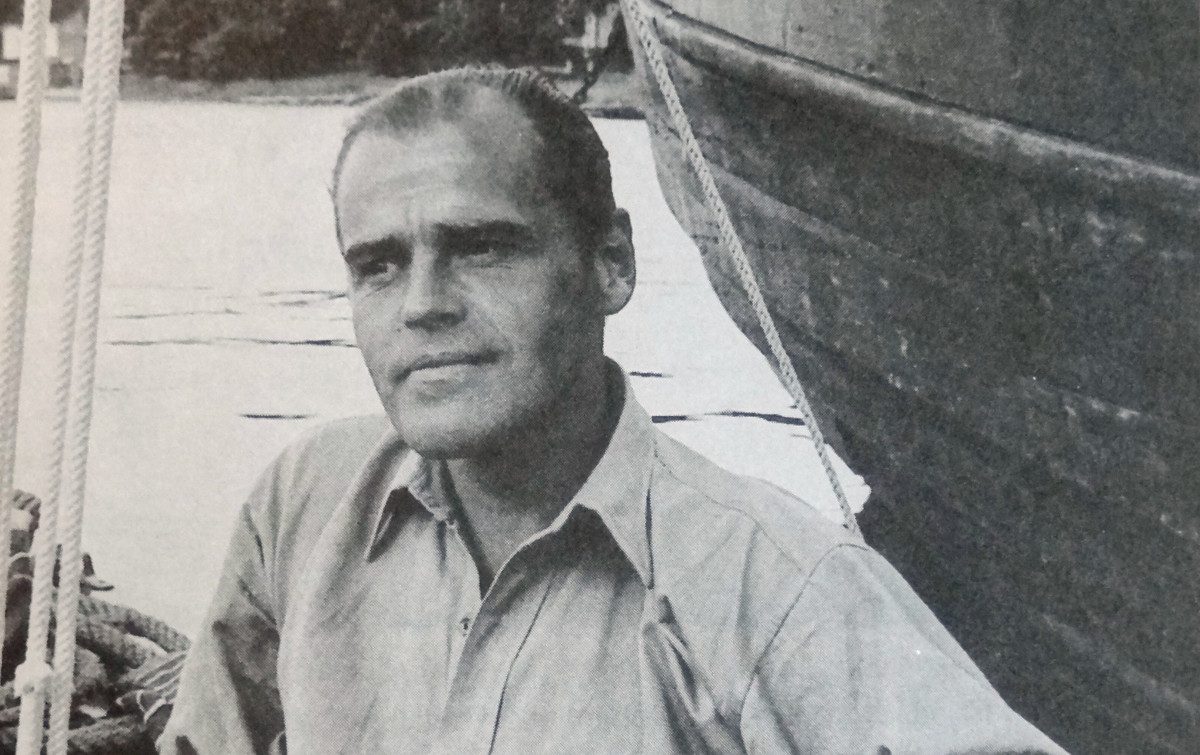It’s a popular recreation to try to arrange four 4s into various expressions to generate the whole numbers, like so:
1 = 4 ÷ 4 + 4 – 4
2 = 4 – (4 + 4) ÷ 4
3 = (4 × 4 – 4) ÷ 4
4 = 4 + 4 × (4 – 4)
5 = (4 × 4 + 4) ÷ 4
In 1881 a writer to the London journal Knowledge noted that each of the first 20 integers except 19 can be generated using the operations +, -, ×, and ÷. In 1964 Martin Gardner found that if you use square roots, decimals, factorials, concatenations (444), and overline (.444 …) then every positive integer less than 113 becomes possible. (113 is surprisingly hard; it becomes possible if you use percents or the gamma function.)
In 2001 a team of mathematicians from Harvey Mudd College found that you can even get four 4s to approximate some notable constants if you use a whip and a chair:
That expression for e is accurate to 21 decimal places; it can be made arbitrarily accurate by repeatedly replacing 4 with 4!. The authors note that similar expressions can be derived using three 3s or five 5s.
Amazingly, they also approximated g, the acceleration due to gravity, with four 4s, as well as Avogadro’s number NA.
(A. Bliss, S. Haas, J. Rouse and G. Thatte, “Math Bite: Four Constants in Four 4s,” Mathematics Magazine 74:4 [October 2001], 272.)







